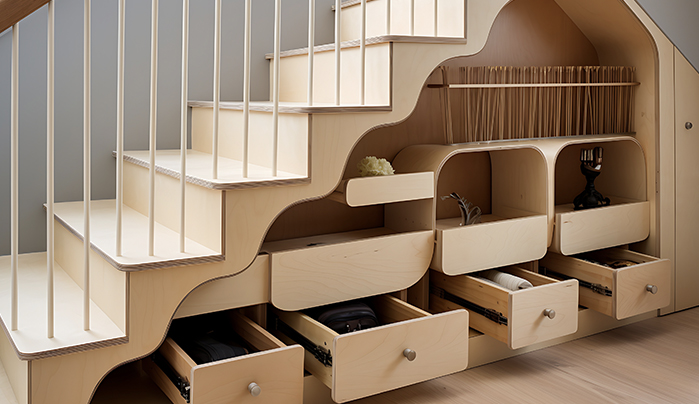Formaldehyde which is generally used in plywood production and which denotes a negative influence on health, due to its suspected carcinogenicity has contributed to worries. Due to the evidence from global research, recently the World Health Organization has reclassified formaldehyde as a carcinogen. Amidst these findings, questions arise: should we therefore use such products or not? Do customers have to worry about it being present in plywood?
Let’s give you answers to these questions along with the best solutions!

Formaldehyde is a naturally occurring organic compound, a colourless and unpleasant gas which is found in plywood as well as in various natural processes like decay, burning, etc. It simply is the base of industrial resin production, including the adhesive that is used to provide plywood with bonding capabilities. These types of adhesives, Phenol-formaldehyde, urea-formaldehyde or melamine-formaldehyde, are used extensively all over the world in the plywood industry and are the primary source for formaldehyde emission in all of the finishing plywood products.
Prolonged exposure to low formaldehyde concentrations may result in the development of asthmatic symptoms and, additionally, will cause varying degrees of eye, nose, and throat irritation.
Concentrations as low as 0.4 to 3 parts per million are enough to lead to mild to moderate discomfort which includes watery eyes, running nose and irritated throat. A number of reported cases of skin and eye irritation contact with formaldehyde solutions have been followed occasionally by allergic skin reactions after prolonged exposure.
Furthermore, recent research also shows a probable association between formaldehyde exposure and particular types of cancers, mainly nasopharyngeal cancer, although the postulated effect is typically only after long-term exposure to large doses of this compound. Hence, it is fair to say that formaldehyde is a rather toxic chemical even though it is naturally occurring. This calls for close attention and necessary precautionary measures.
While concerns about formaldehyde emissions from plywood are understandable, there are several reasons why you should not worry excessively about it:
Formaldehyde poses a threat to plywood production, but the risks are fairly minimal. Especially when the products are delivered to the supplier, the risk can almost be zero. Hence, consumers can trust plywood materials for various applications without having undue confidence about formaldehyde inhalation.
Lowering the formaldehyde level present in the house should be a paramount goal to make the indoor atmosphere more supportive in health terms. Here are some effective strategies:

At CenturyPly, we emphasise quality and safety by strictly complying with the Indian Standards. This dedication has given us the reputation of being a premium plywood manufacturer. Authenticity is one of our main principles in the process, therefore the quality of the products is at the highest standards.
Our plywood is E1 emission safe so it has an emission rate of 0.07 ppm which is minimum. In addition, our products are recyclable and environmentally friendly and thus reduce their impact on the natural environment.
At CenturyPly you can always be certain that you deal with the quality and sustainability-yielding plywood that makes your projects and nature at large free from worries.
Loading categories...